
JSW MG Motor India Revealed Their New SUV, The MG Majestor At Auto...
- Jan 18, 2025
- Views : 4586

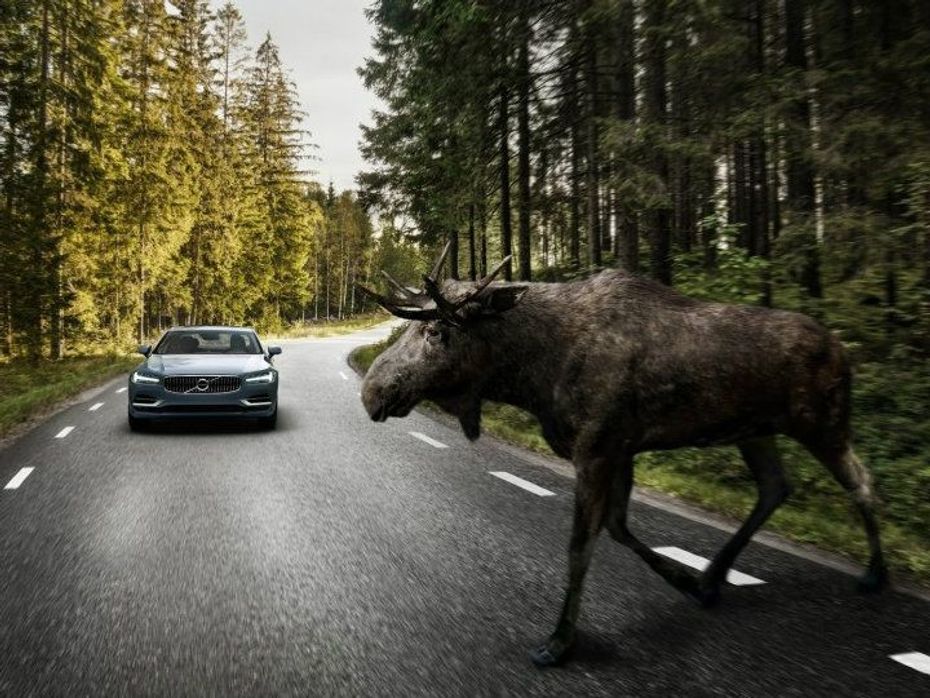
2016 was another year full of car launches in India. While some much awaited cars, such as the new Elantra and the Endeavour were launched, the year also saw the iconic Jeep brand finally come to India. The list of new launches in 2016 is long, but what about the automotive technologies that came to the market? Today, we talk about the top 5 technologies that came to India in 2016 and signify a change in terms of how automakers perceive India:
1. Audi's Virtual Cockpit
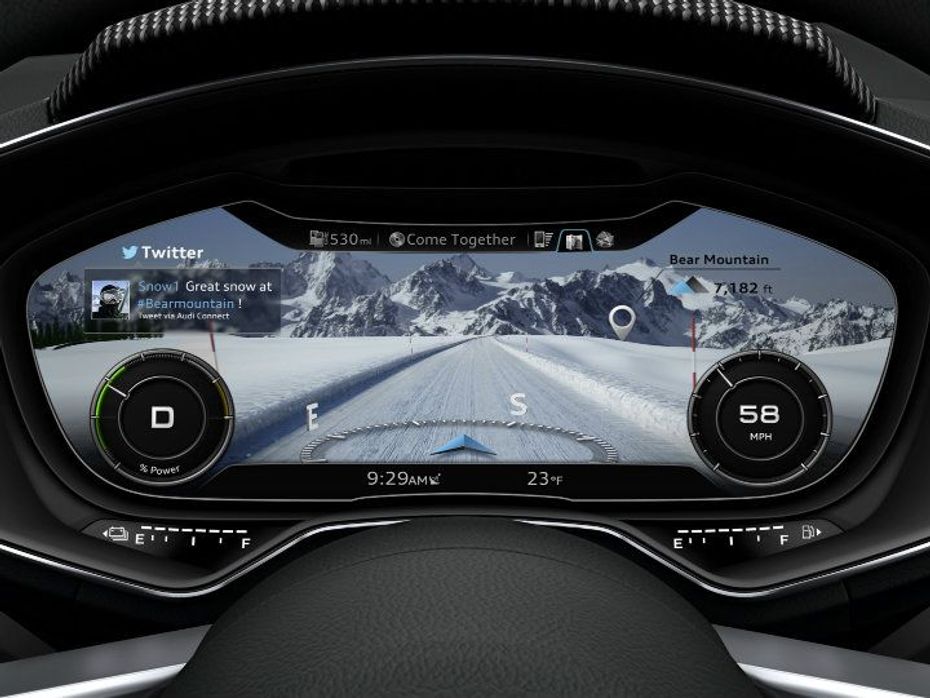
When it comes to vehicular technologies, the first focus is always on the driver. To that end, Audi launched the new A4 in India in 2016. Audi not only gave the A4 a visual overhaul but packed it with new stuff. One of those new things is the Virtual Cockpit. You may think it is a fancy name given to a fancy new instrument cluster, and you would be partially right. It is a large screen that replaces your standard instrument cluster. With this, the car can still show the info that was displayed by the regular dials. However, it is capable of showing more information such as navigation data and even the feed from reverse parking camera, if your car has it. The Virtual Cockpit eliminates the need of having multiple dials in the instrument cluster while giving the driver information like map and directions where his/her eyes always go. It has eliminated the need for having a heads-up display in the car and also the need of having a separate screen for functions like navigation too. The fact that more functionality can be added to the Virtual Cockpit is the reason why it is such a nice piece of technology. Audi has such high hopes from this technology that it has put it to use in the R8 supercar as well. So, the next time you want to brag about Audi A4's superiority to your friends, do not forget to mention this bit.
2. Twin-charged engine
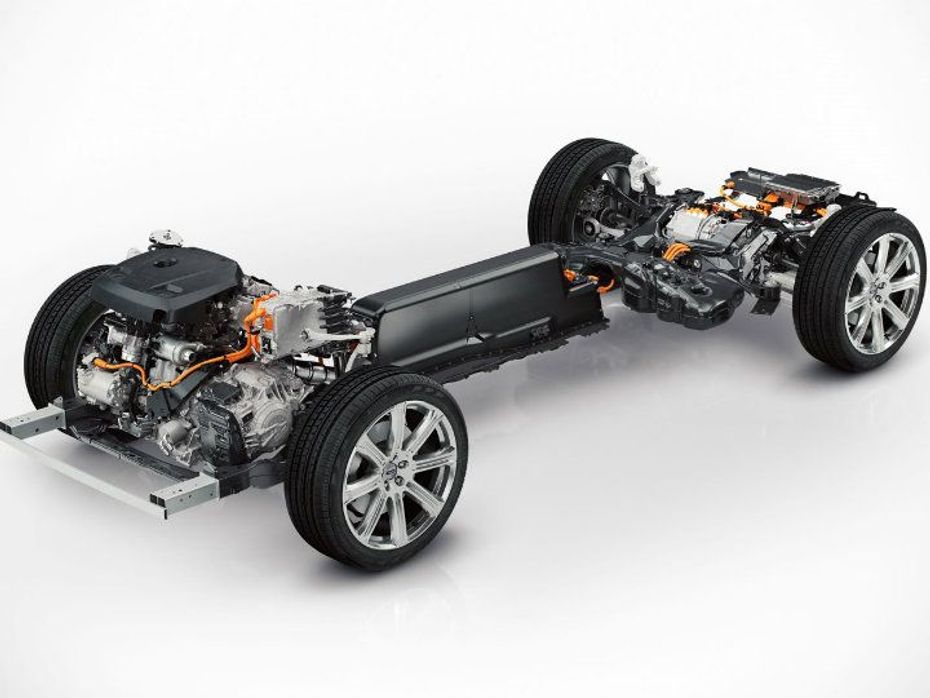
Now comes the time for some tech talk in the engine department. If you follow cars, you can name at least one car that uses either supercharging or turbocharging. Can you name a car that uses both? Now you can, as there exists the Volvo XC90 SUV. A twin-charged engine has the benefits of both types of forced induction technologies but without their side-effects. This ensures that the car not only has good low-end grunt (supercharging benefit) but good top-end power (turbocharging benefit) as well. Due to this technology, automakers can use small displacement engines and make them produce good amount of power and torque. It has not been done in a long time because it is a complex engineering exercise. However, Volvo did it and made it a hybrid in the XC90 T8 Plug-in Hybrid. This resulted in the car putting out 413PS power and 640Nm torque from a 2.0-litre engine, paired to an electric motor. Times are definitely changing.
3. Android Auto
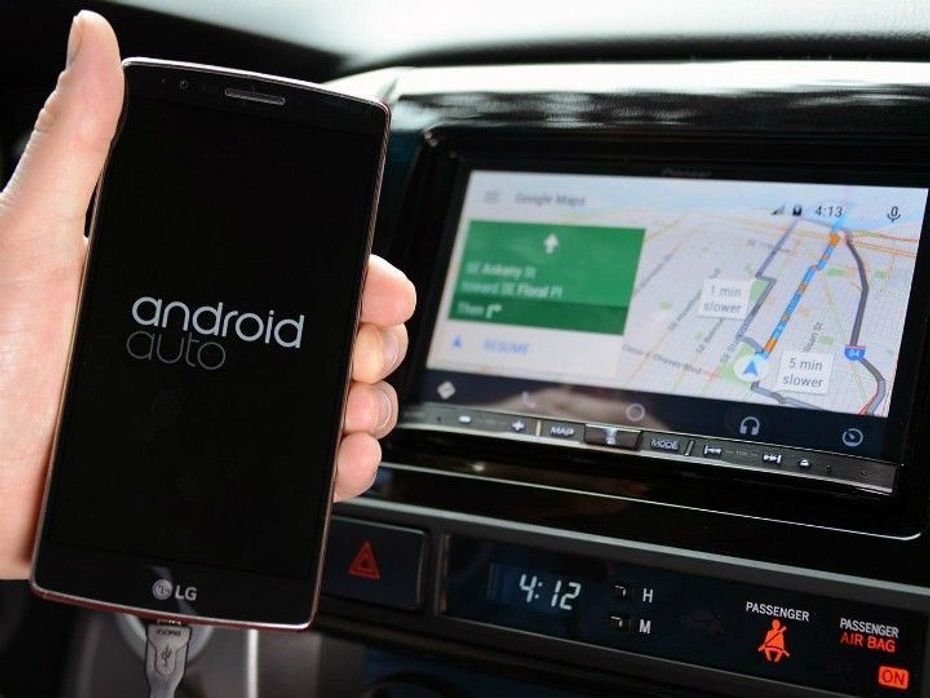
When it comes to integrating smartphones with vehicles, there are only two names that really work - Apple CarPlay and Android Auto. There is also MirrorLink but its use is limited to phones by certain makers. When Maruti Suzuki launched the Baleno and gave it Apple CarPlay, we were excited about the prospects of the system getting Android Auto support. However, at that time, Google had not launched the same in India. In 2016, Android Auto was finally launched in India and it also got the ability to run without even connecting to your car's infotainment unit.
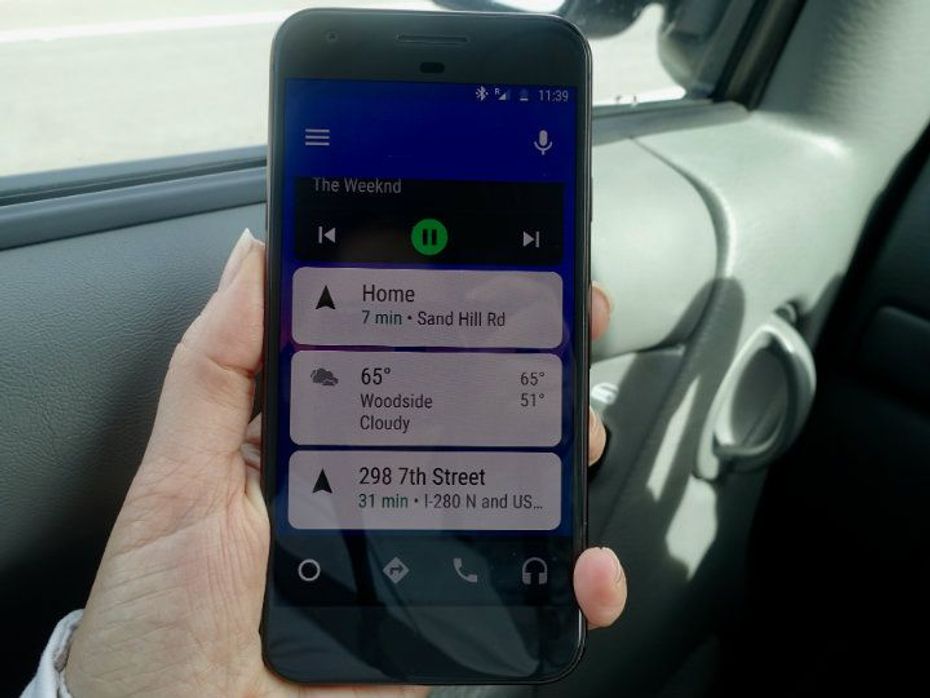
What makes this tech bit worth mentioning here is that if your car's infotainment unit supports Android Auto, all you have to do is plug your smartphone into the car's USB port and voila! The infotainment screen mirrors your smartphone's interface. What it helps with is keeping you focused on the road as you will use your phone less than before, now that car's stereo is mirroring your phone. You would not have to buy separate navigation systems for your car too. Most importantly, while all this is happening, your phone will keep charging. Now that is a technology worth having, don't you think?
4. Car Functions On App

In 2016, Honda launched the Accord Hybrid in India. It came with a simple additional function on its remote apart from the usual locking/unlocking and boot opening functions. It was to start the car while not even being seated in it. Then there came the e2oPlus fro Mahindra and it gave us more functions like turning on the air conditioning of the car remotely. Not just that, it also gave us the ability to do so through a smartphone app. More functions like engine diagnostics were also pushed to the smartphone app. This not just enables the user to know whether there are any problems with his/her car's various systems, it also saves time by helping the person get on the road faster. After all, if you car's engine is already running and cabin is being cooled or heated, all you have to do is sit in the car, keep your stuff where you wish to and get going. This is nothing but just a precursor to car automation that future has in store for us.
5. New-found Focus on Safety
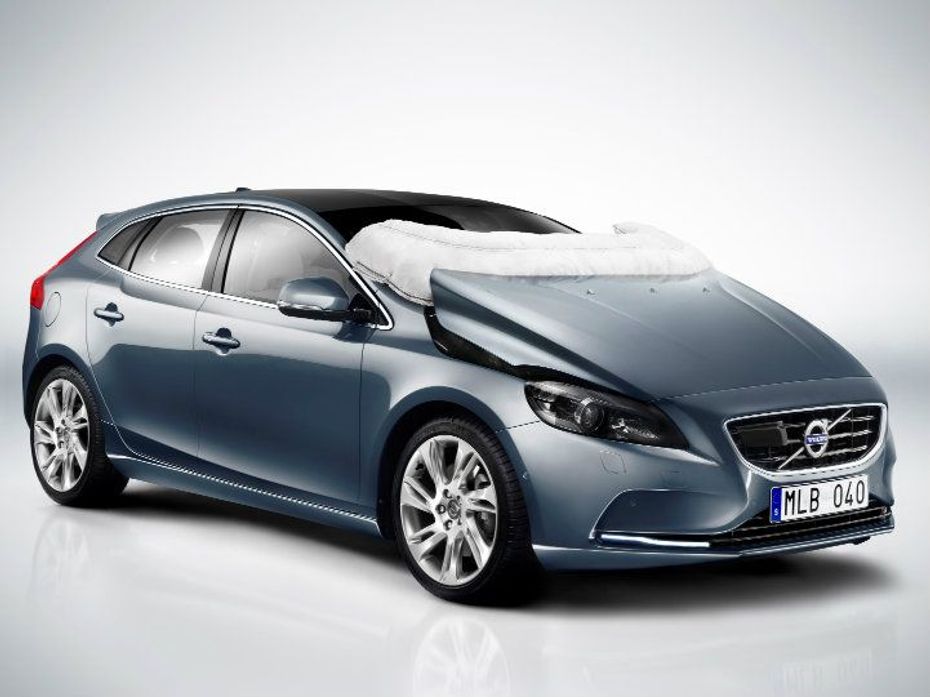
The issue of safety in cars, both active and passive, should never take the proverbial backseat. After all, we need to keep the people inside the car safe (active safety) while ensuring people outside are also kept unharmed (passive safety). To that end, Volvo, with the launch of the new V40, has equipped the car with an industry-first pedestrian airbag. This airbag inflates as soon as a pedestrian is struck and prevents him from getting injured in case he/she hits the windscreen. Let us take a minute to think about it. The number of pedestrian fatalities caused by vehicles in 2015 in India was 7,088 as per National Crime Records Bureau. This figure is still on the conservative side as the same report mentions that in 2015, there were over 1.46 lakh road-accident-related deaths and over 5 lakh injuries in India. Now think of the impact of equipping the cars with airbags for pedestrians. The V40 is just the first step towards the vision of cars keeping even pedestrians safe.

Then comes the role of car automation in road safety. It is in this direction that Volvo has been working in. The result? Its SUV, the XC90, comes loaded with what is called Intellisafe Autopilot. It puts to use existing technologies like adaptive cruise control, cameras and lane keep assist to ensure you are safe when driving on the road. This combination of systems can identify and adjust the distance between your car and the vehicle ahead (adaptive cruise control), when you are about to change lane (lane-keep assist), and auto-braking the car does when execute an emergency maneuver in front of an oncoming vehicle. These are just some of the many functions of the Intellisafe Autopilot. Volvo has also got a go-ahead to use radar guidance system for this purpose in India. The radar guidance technology will scan a preset area around the car and use the data to maximise the effectiveness of features like adaptive cruise control. Until automation in cars is widespread, this is the best thing to happen in that direction. Volvo has become the first automaker to get a go-ahead for using this technology in its cars in India. Safety indeed taken to the next level.
These are the car technologies we think worth talking about the most in 2016. While they are available in certain cars on sale in India, we think they should feature on more cars in one form or the other. Do you agree with us? Is there a car technology you think worth mentioning here? Feel free to mention your thoughts in the comments below.

JSW MG Motor India Revealed Their New SUV, The MG Majestor At Auto...

VinFast VF3 vs MG Comet EV: A Detailed Comparison Of The Two Cute And...

Auto Expo 2025: Tata Sierra ICE Concept Breaks Cover, All Details...

The Story Of Tata Sierra: An Icon India Missed And Now Eagerly Awaits

Budget 2025: More Fuel For Your Auto Dreams?

Here’s A List Of All Cars That Will Be Coming To The Auto Expo...

Vayve Eva Vs VinFast VF3: Specifications, Powertrain, And Features...

Auto Expo 2025: Check Out New Cars From Mercedes-Benz Showcased At...

Tata Reveals Sierra ICE Concept For The First Time At Bharat Mobility...
India's largest automotive community
 Rolls-Royce Ghost Series II
Rs. 8.95 Crore
Rolls-Royce Ghost Series II
Rs. 8.95 Crore
 Kia Syros
Rs. 8.99 Lakh
Kia Syros
Rs. 8.99 Lakh
 Vayve Mobility Eva
Rs. 3.25 Lakh
Vayve Mobility Eva
Rs. 3.25 Lakh
 BMW X3
Rs. 75.80 Lakh
BMW X3
Rs. 75.80 Lakh
 Hyundai Creta Electric
Rs. 17.99 Lakh
Hyundai Creta Electric
Rs. 17.99 Lakh